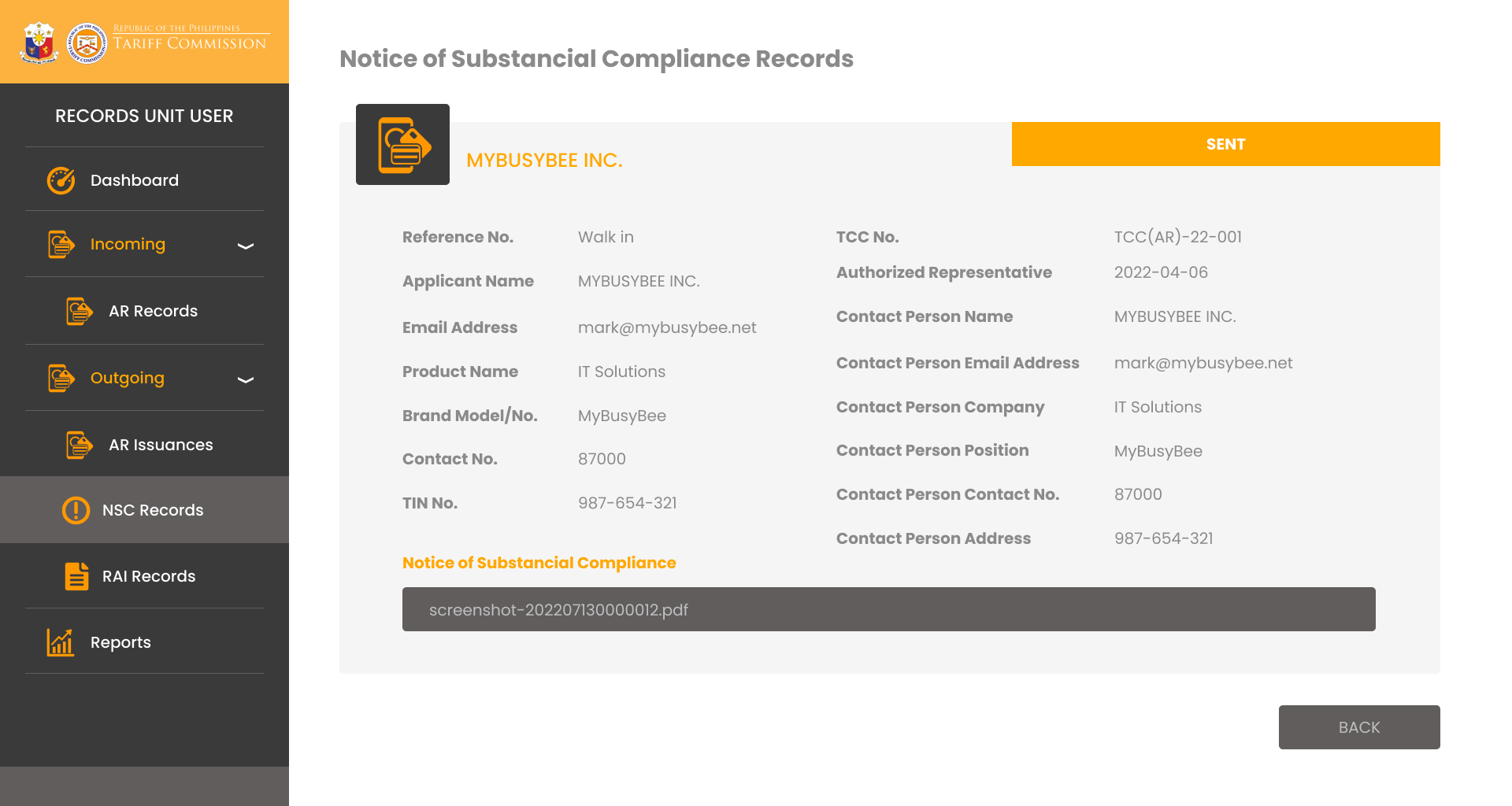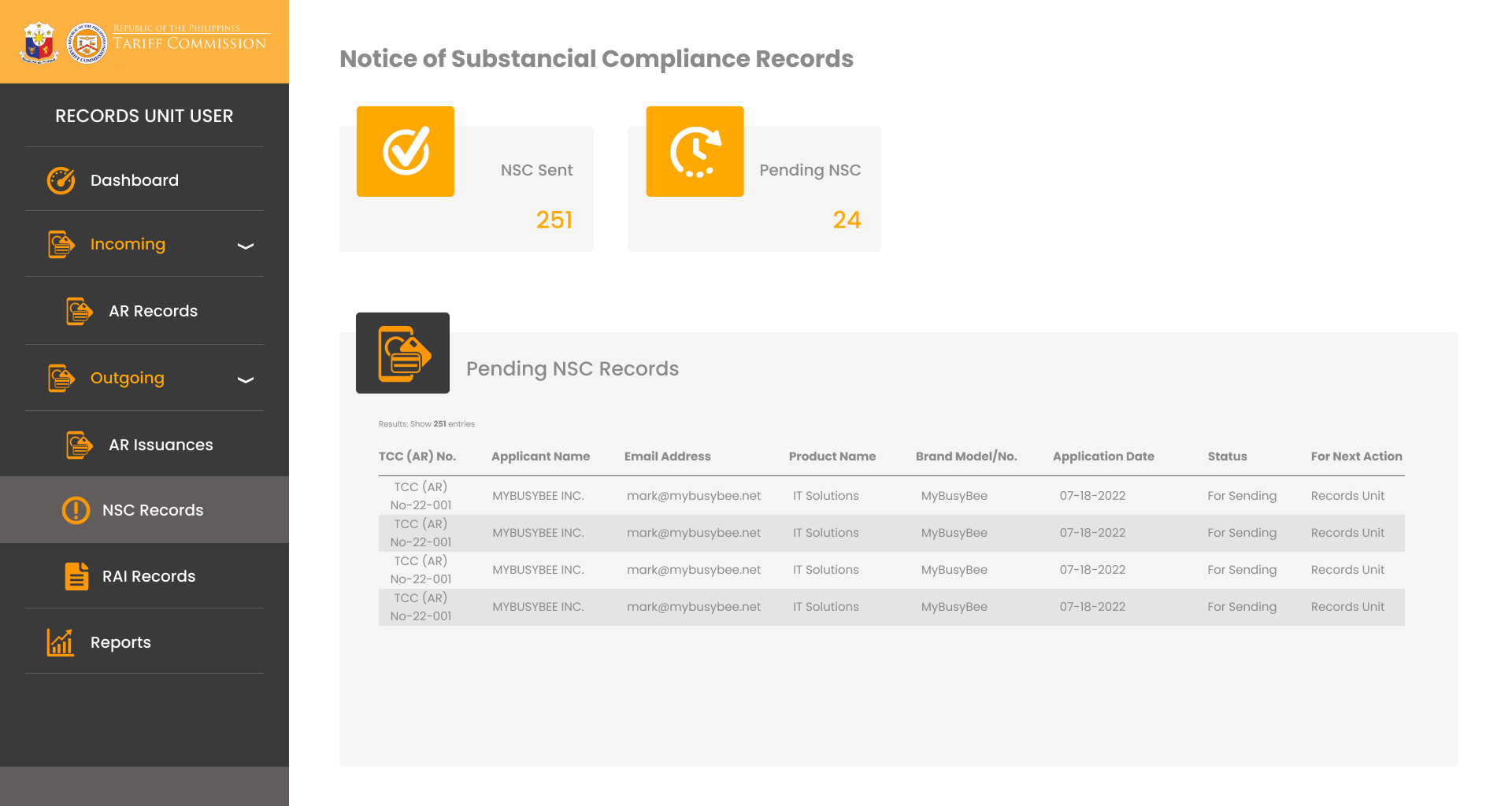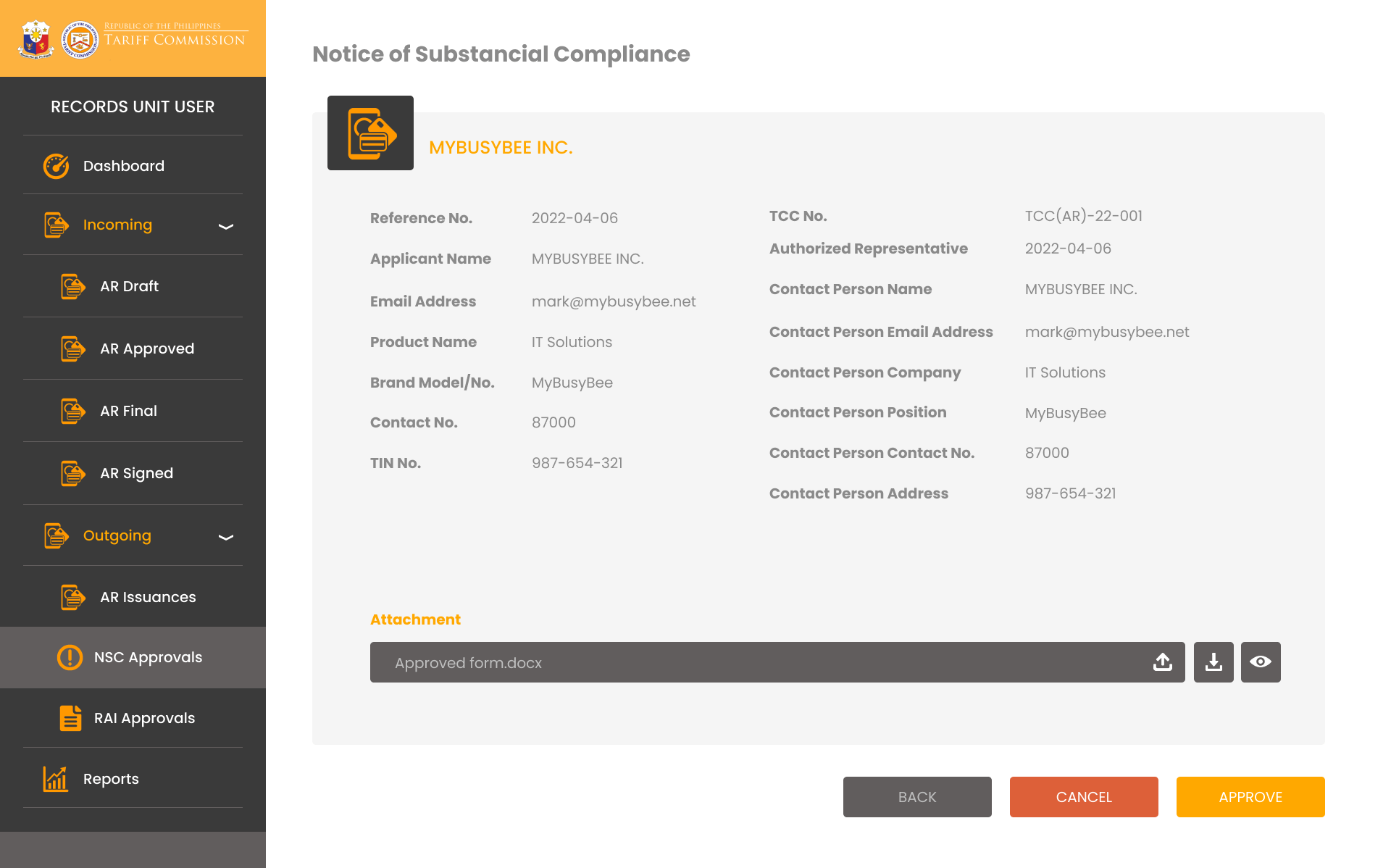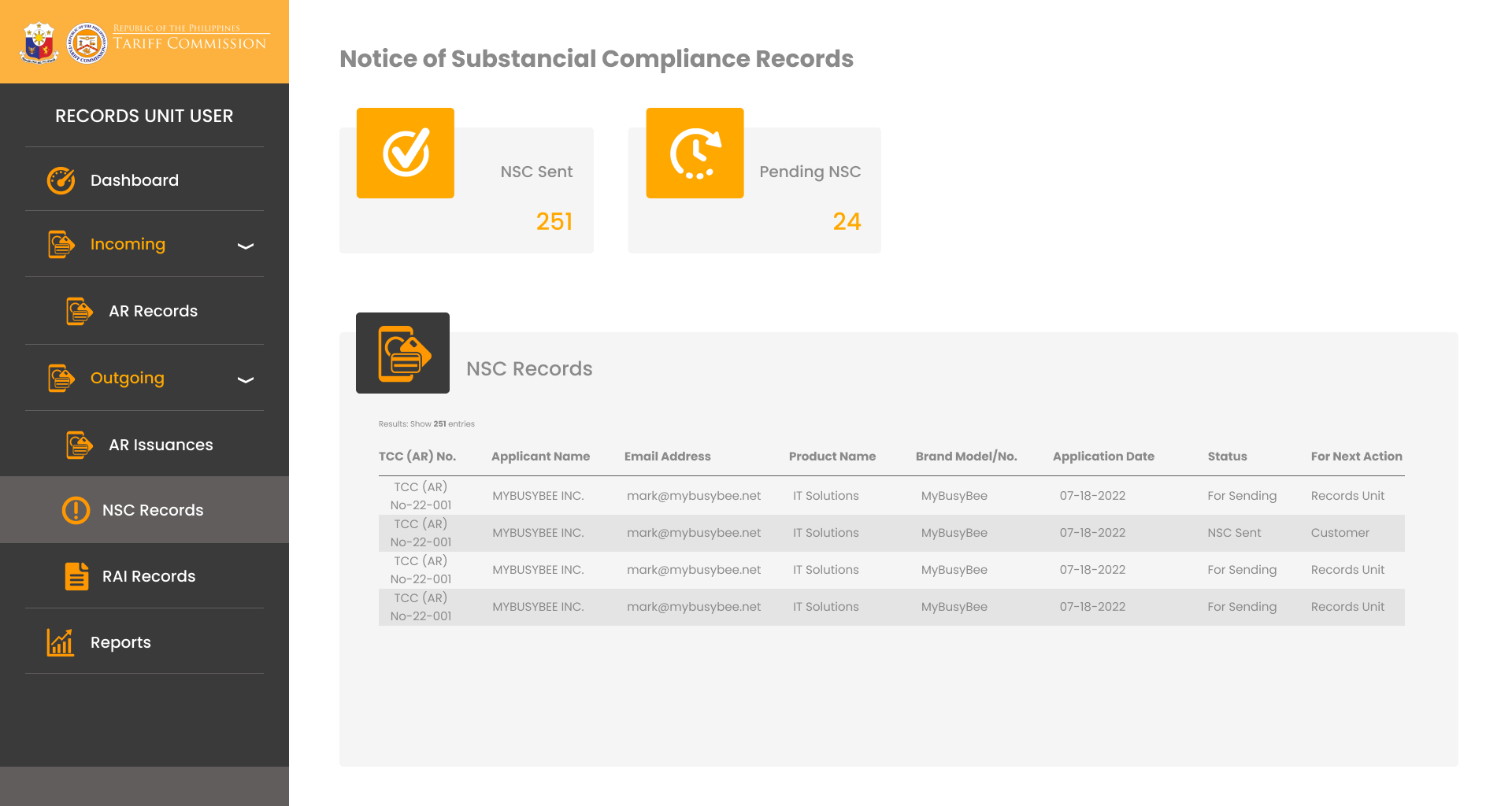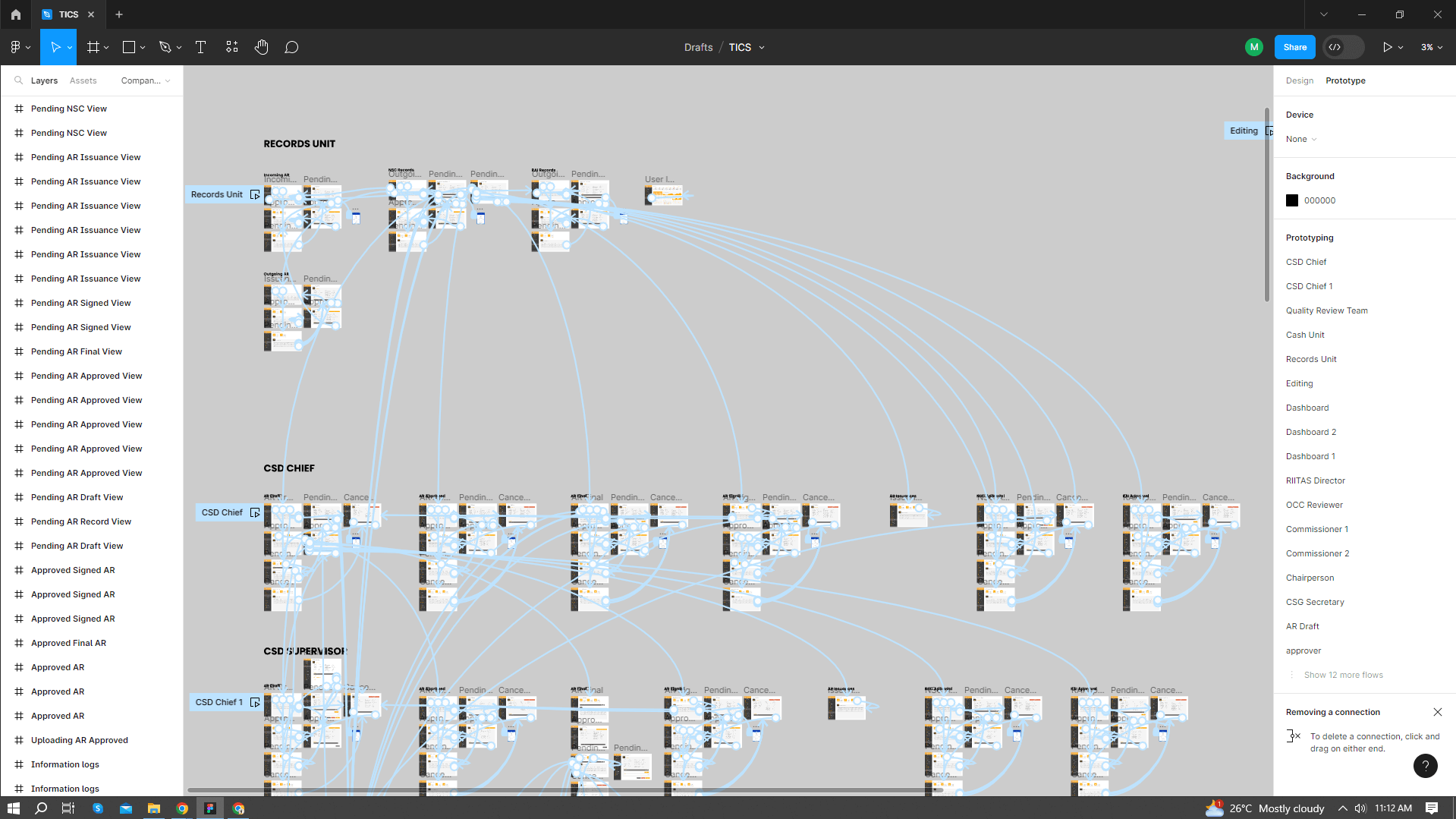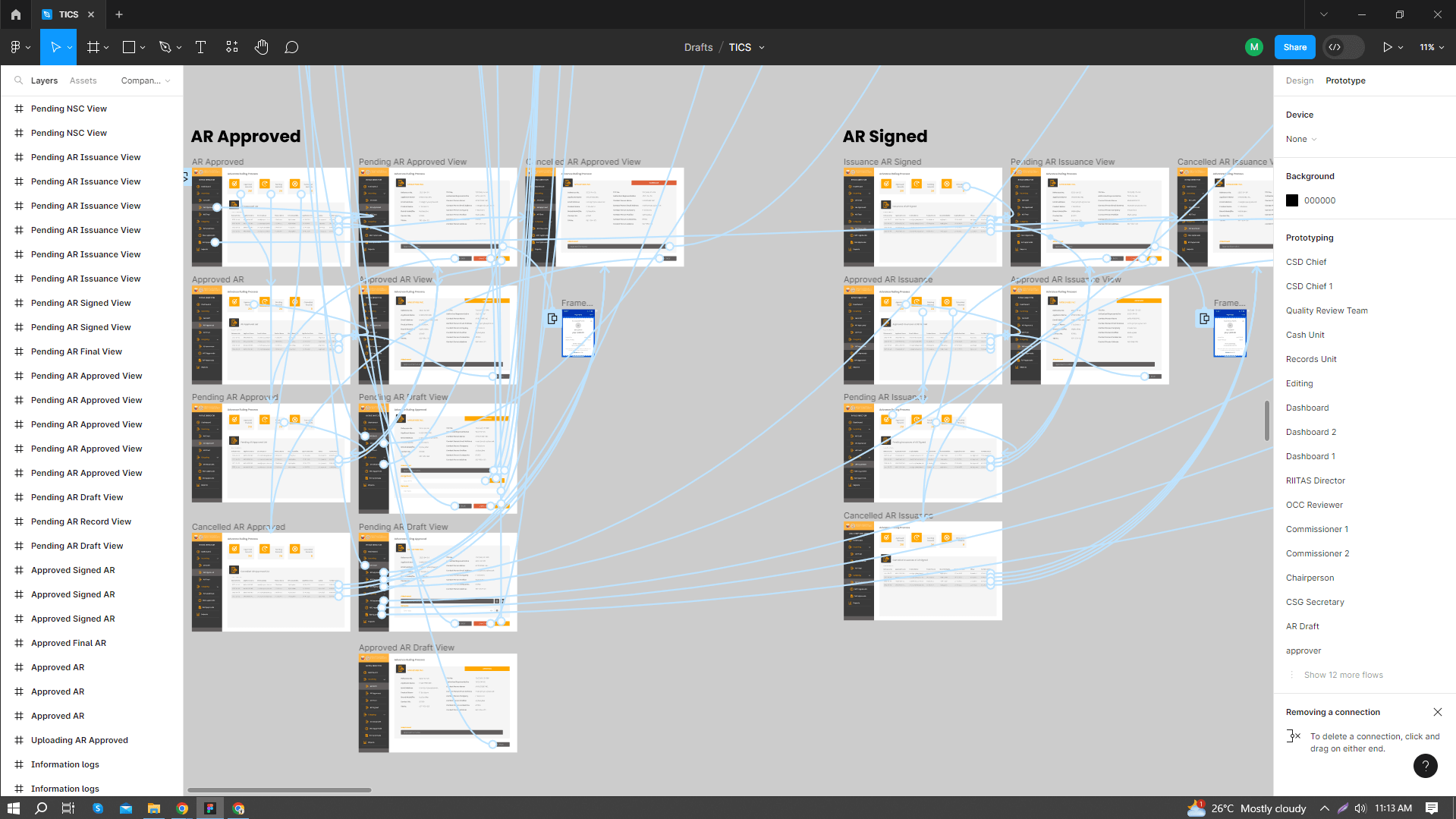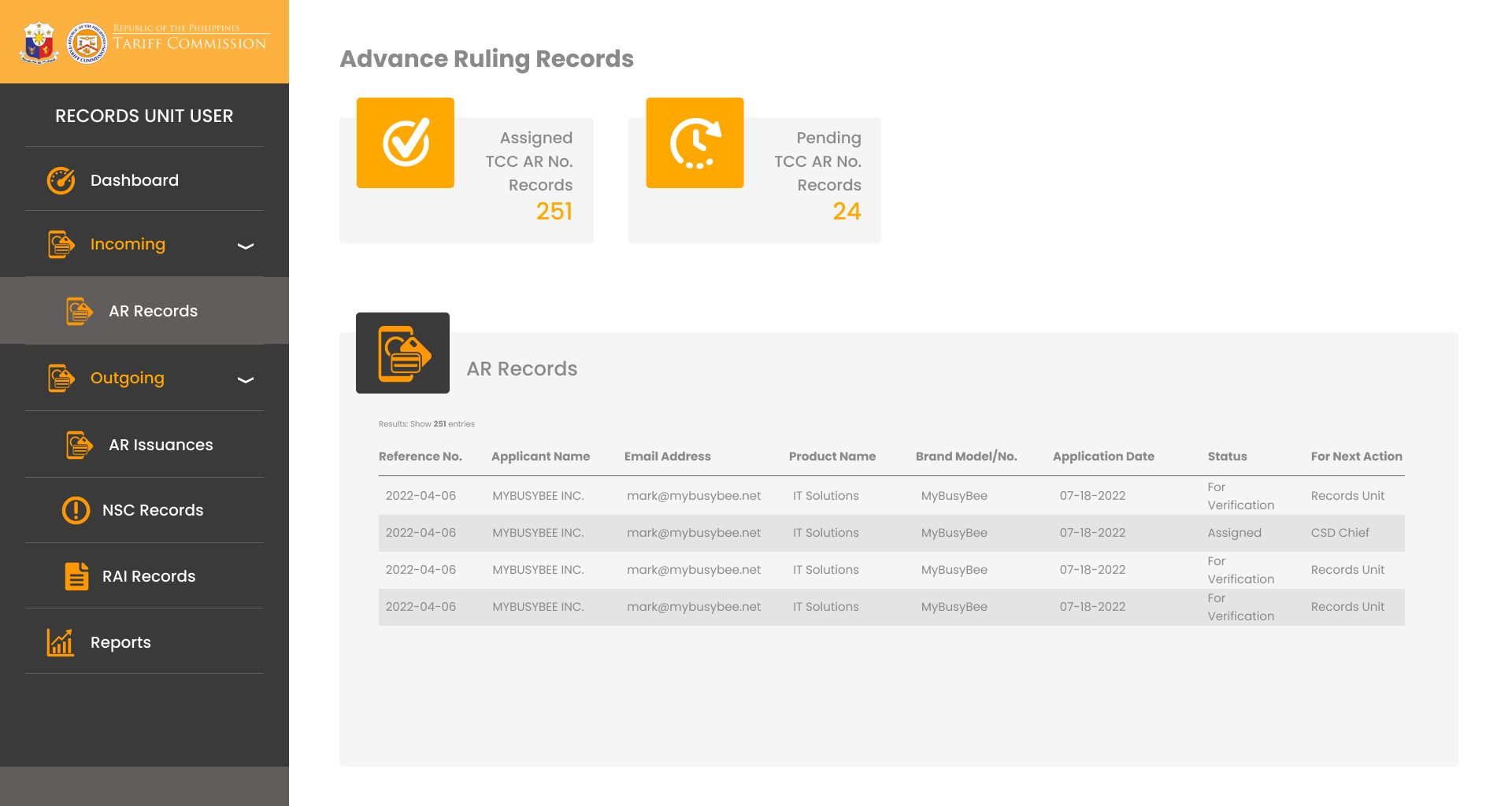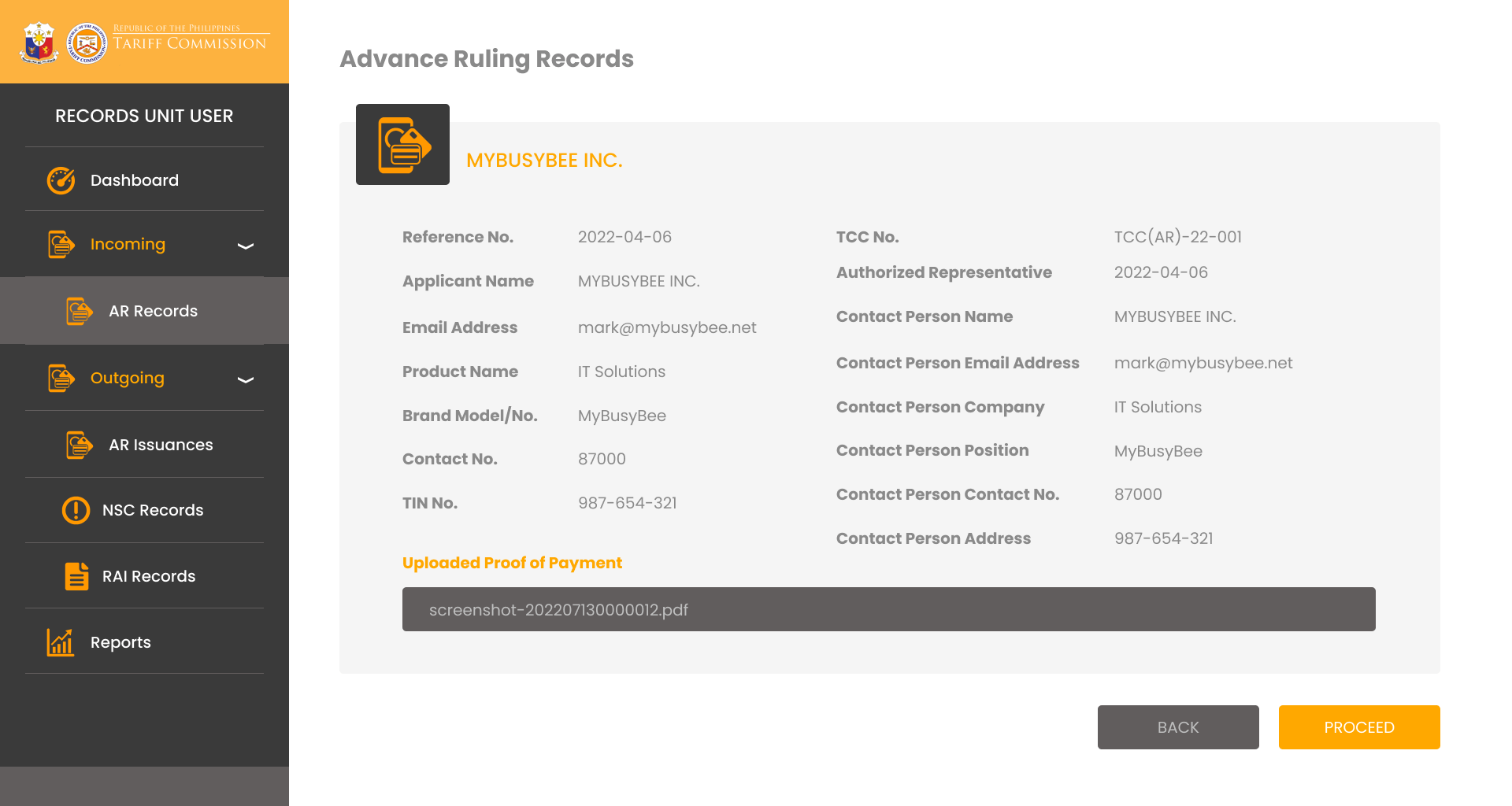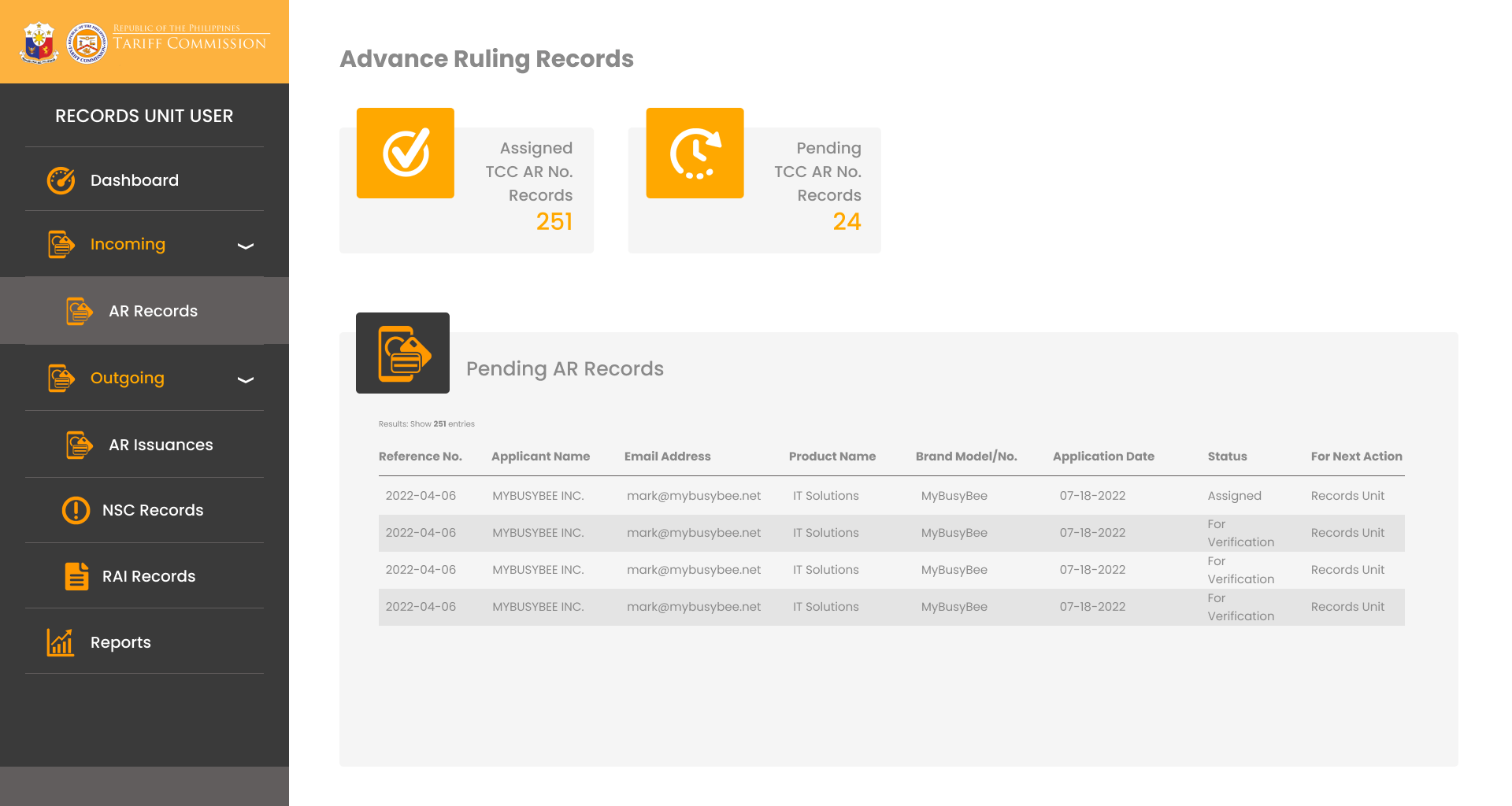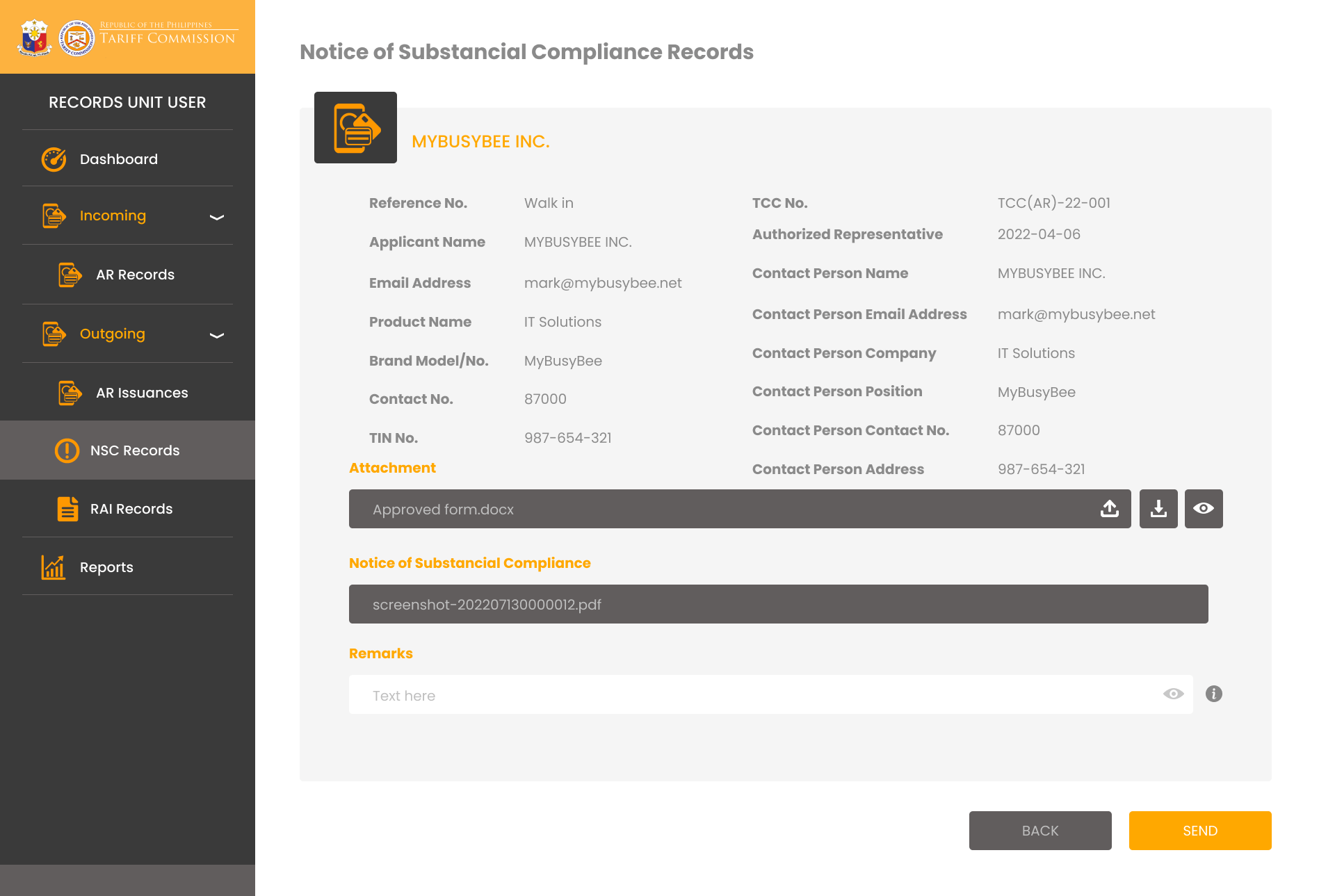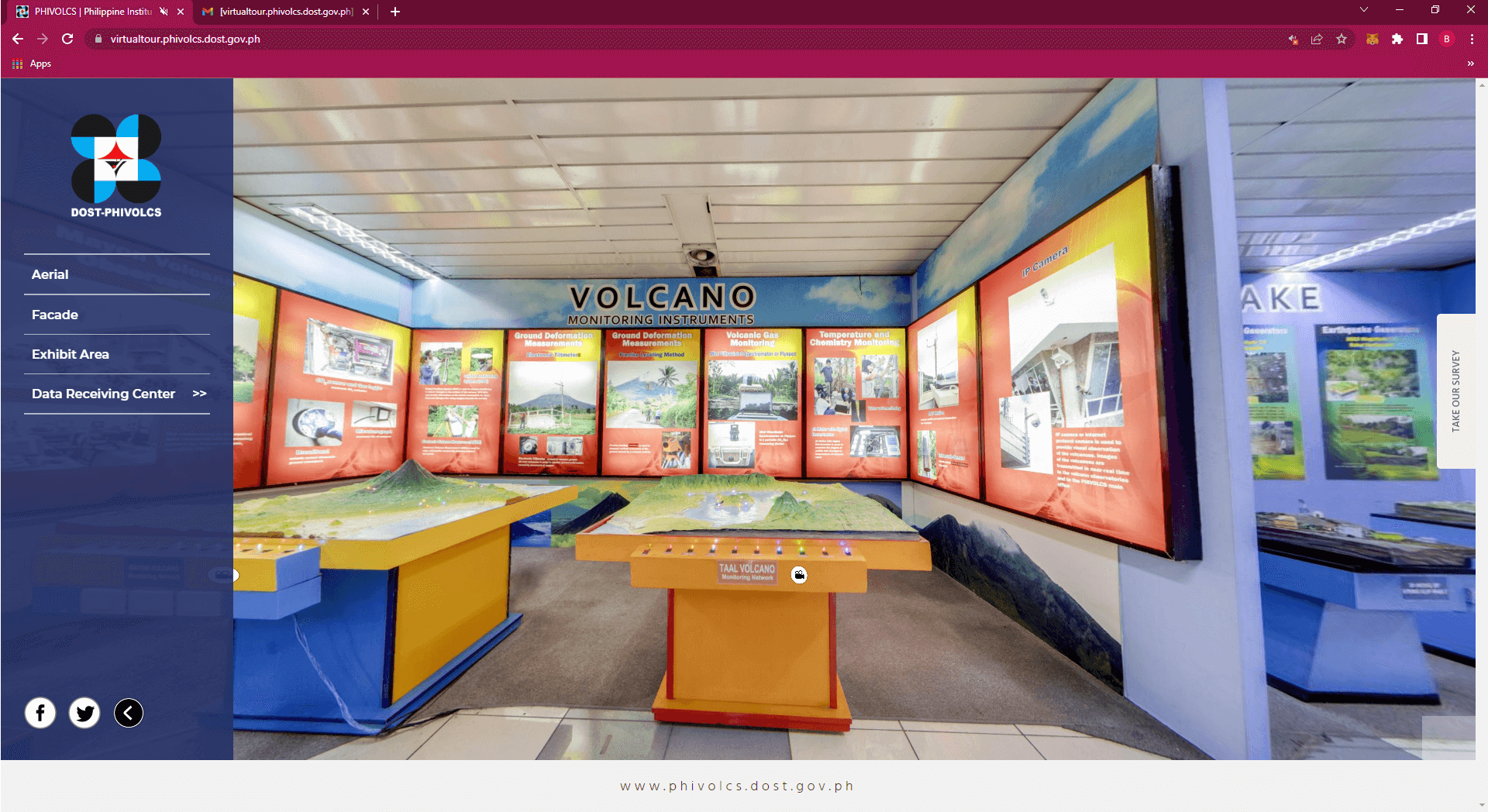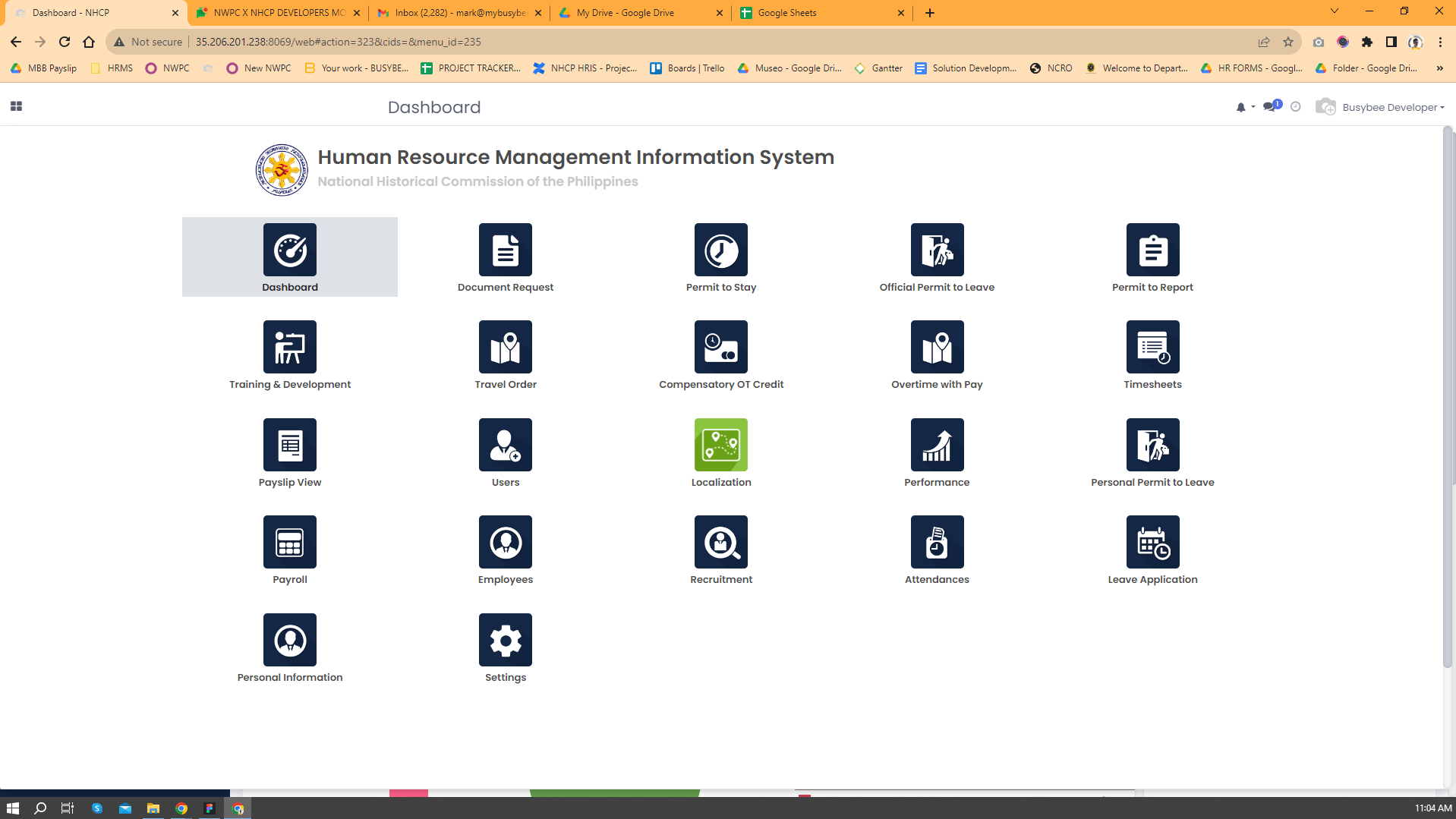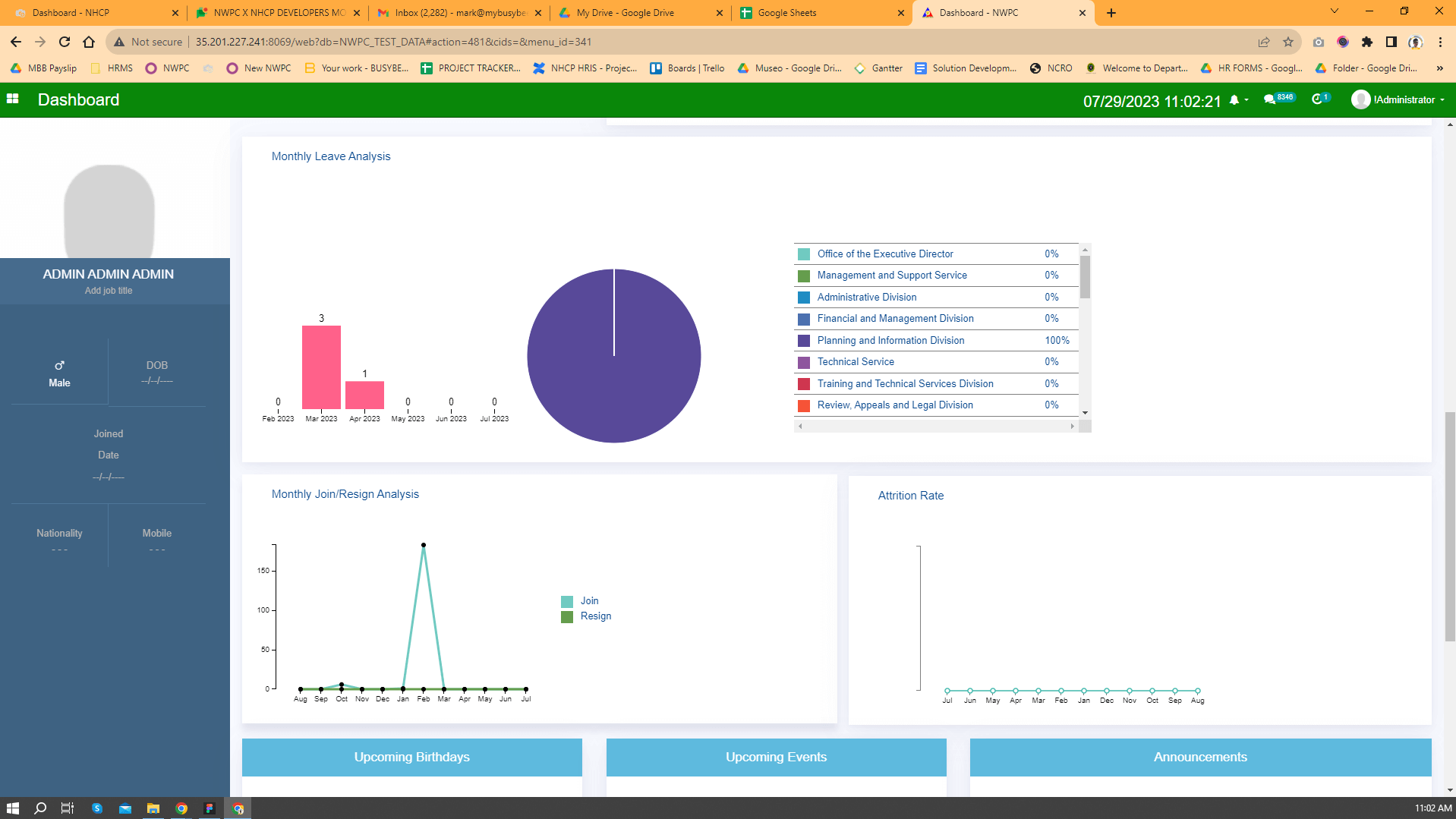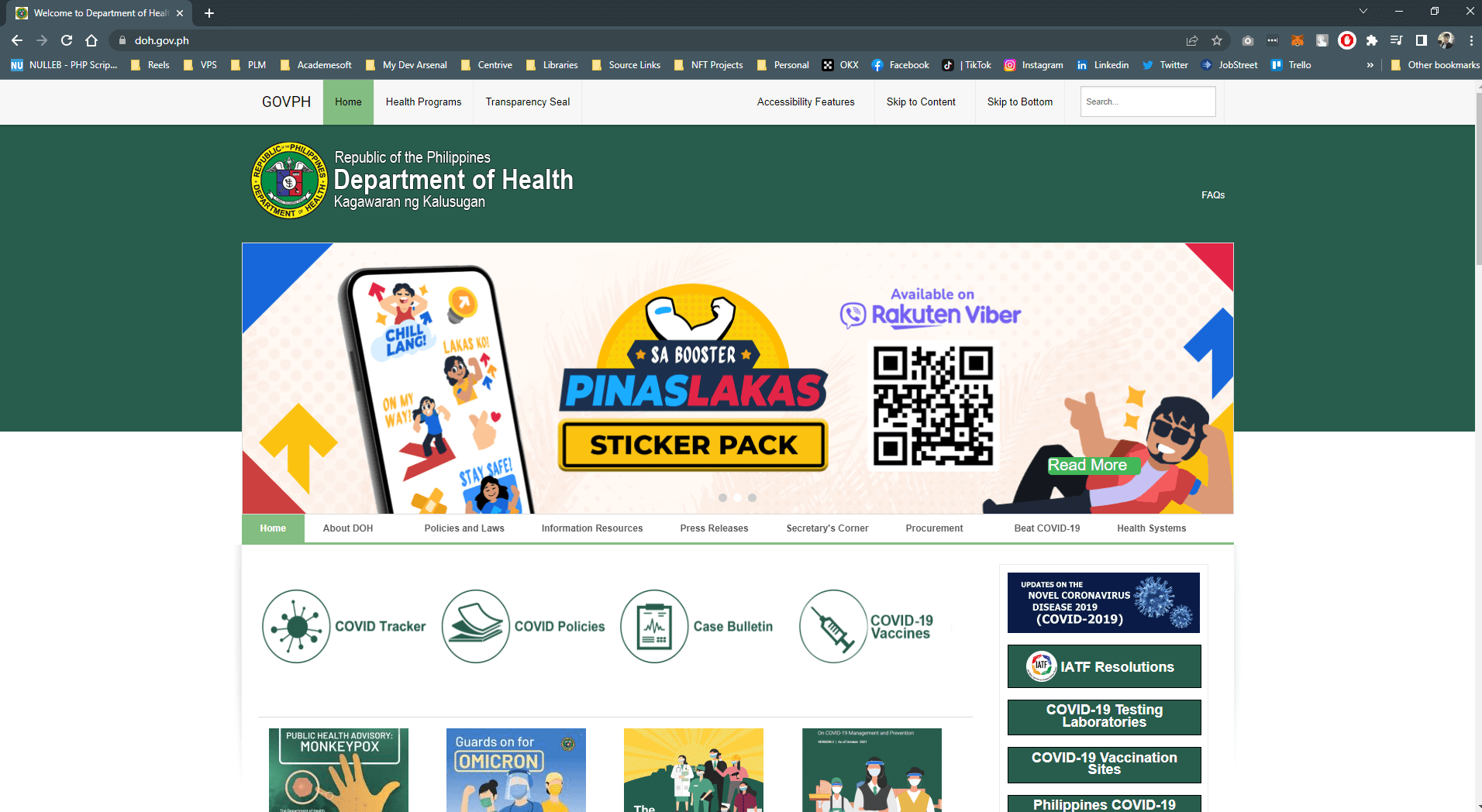Tariff Commissions Information System – Phase Two
As the project manager for the Tariff Commissions Information System Phase 2, I am pleased to share the key factors that contributed to the successful execution of this project:
Comprehensive Planning: Right from the outset, I emphasized the importance of meticulous planning. I worked closely with the stakeholders to identify their specific needs and requirements for automating internal processes. This comprehensive planning allowed us to set clear objectives, define project scope, and establish a realistic timeline.
Clearly Defined Phases: Understanding that the project was divided into two distinct phases, I ensured that each phase had well-defined goals and deliverables. This approach helped in managing the project in a more organized manner, allowing us to focus on the internal processes for Phase 2 while ensuring Phase 1 was successfully completed.
Effective Communication: Throughout the project, I prioritized transparent and open communication with all stakeholders. Regular status meetings, progress updates, and feedback sessions were conducted to ensure everyone was on the same page. This approach fostered collaboration, minimized misunderstandings, and kept the project on track.
Agile Methodology: Recognizing the need for adaptability, I implemented agile project management principles. This allowed us to remain flexible in responding to changing requirements and incorporating valuable feedback as we progressed through the project. Frequent iterations and incremental development ensured that the end product met the evolving needs of the Tariff Commissions.
Team Empowerment: I firmly believe that a motivated and empowered team is crucial to project success. I encouraged a collaborative work environment where each team member's expertise was valued. By fostering a sense of ownership and providing the necessary resources and support, the team was able to perform at their best.
Risk Management: Identifying potential risks and developing mitigation strategies was a priority throughout the project. We proactively addressed challenges that arose during the implementation, minimizing their impact on the project's progress and success.
User Training and Involvement: Recognizing the importance of user adoption, we conducted thorough training sessions for all types of end-users. Their involvement and feedback were sought during the development and testing phases, ensuring that the final system catered precisely to their needs.
Quality Assurance: To ensure a robust and reliable information system, I implemented a stringent quality assurance process. Rigorous testing, code reviews, and user acceptance testing were carried out, guaranteeing that the system met the highest standards.
In conclusion, the successful management of the Tariff Commissions Information System Phase 2 project was a result of careful planning, effective communication, collaboration, and a focus on delivering a system that streamlined internal processes. The dedication of the team, combined with the support and cooperation of the stakeholders, made this project a resounding success. The new information system will undoubtedly enhance the efficiency and effectiveness of the Tariff Commissions' operations, benefiting all involved parties.



